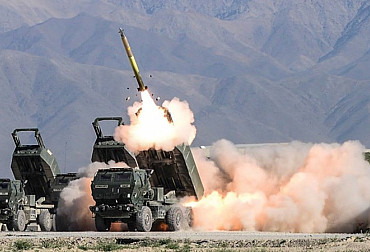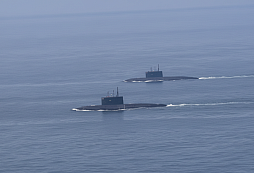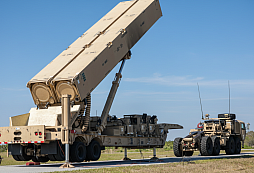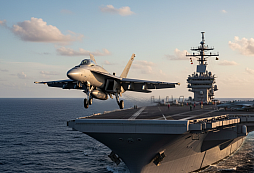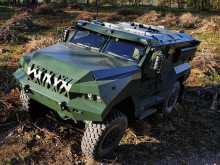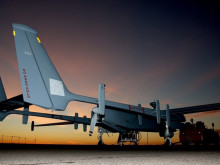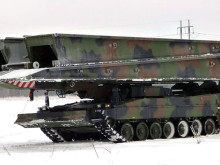The Gripen E is comparable to the F-35A in many ways
Extending the "what if" consideration regarding a possible disagreement during the announced negotiations for the acquisition of Lockheed Martin's 5th generation F-35A Lightning II supersonic fighter aircraft, and the unofficial offer made by the Swedish ambassador in the media to take over the existing Gripen C/D and upgrade it, let us now look at the third step in such a hypothetical journey, i.e. the purchase of the Gripen in the latest E version, observing its parameters, capabilities, advantages and potential for further development.
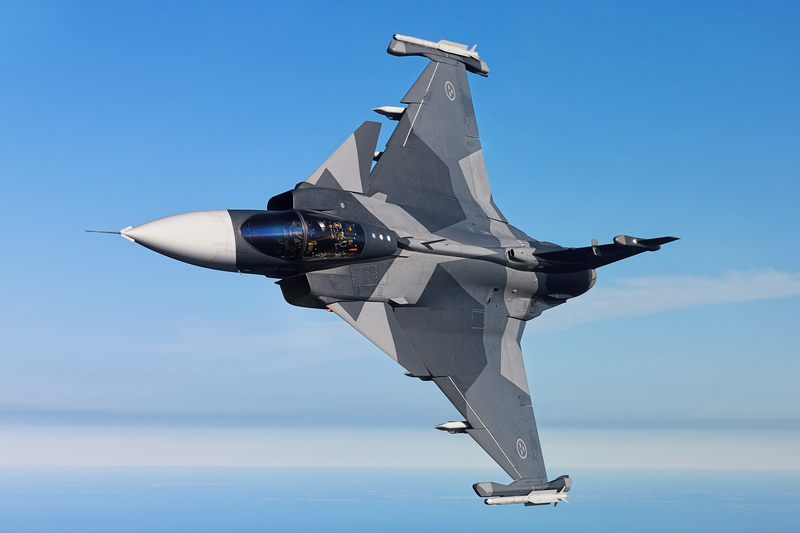 Picture: Swedish Gripen E | Saab
Picture: Swedish Gripen E | Saab
Taking over and upgrading the operational system of the current Czech Gripen C/D fleet, increasing the capabilities of aircraft that are not even halfway through their life cycle, including the acquisition of state-of-the-art weapons (especially long-range Meteor air-to-air missiles), is the path that would require the lowest imaginable cost at first glance. The Czech Republic would get a combat aircraft tailored to its needs, an aircraft with which it has long experience, at a fraction of the cost of new fighters. This solution can undoubtedly be arranged very quickly, and from the Swedish point of view (although it was offered unofficially and perhaps not in a diplomatically appropriate way), it sounds logical and therefore credible. Apart from handing over the Gripens to the Czech Republic and their continued service, including maintenance and upgrades, all other alternatives are unattractive from a Swedish perspective. For the Czech Armed Forces, then, it implies virtually no new demands on personnel or infrastructure (without questioning the valid argument that the Czech Republic must modernise its air bases to be able to receive the 5th generation aircraft of the allies even if they are not yet in the Czech Air Force's armament).
Although Minister Jana Černochová's move has been and remains subject to criticism, she cannot be denied that she made it well in advance, and even a possible collapse of negotiations with the USA (or delays due to, among other things, high demand, limited production capacity, etc.) would have been a major setback. ) does not necessarily lead to a situation such as the one currently being experienced in Slovakia, which, through a combination of delays in the delivery of purchased F-16s and broken relations with Russia, has temporarily lost the ability to provide stable airspace with its own supersonic air force. In 2027, when the current lease contract expires (with an option until 2029), the Gripen C/D will have more than 50% of its service life remaining.
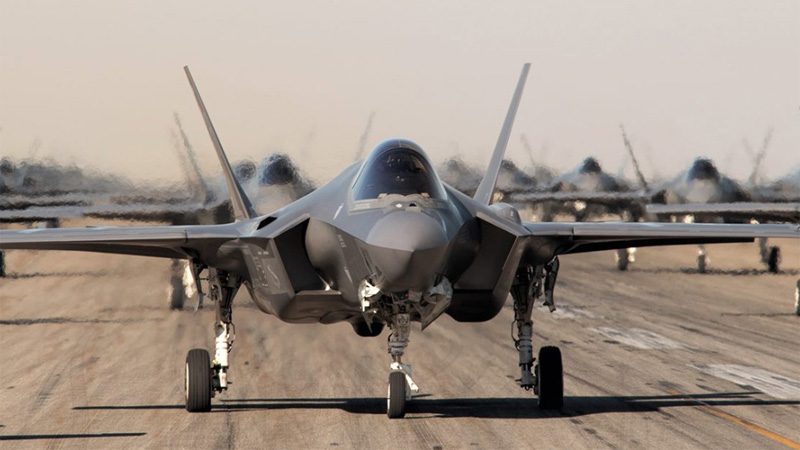 Picture: F-35 Lightning II supersonic fighter aircraft | Lockheed Martin
Picture: F-35 Lightning II supersonic fighter aircraft | Lockheed Martin
Their eventual modernisation can then be followed by a smooth transition to Gripen E, which can complement and then fully replace the older machines in service around 2035. The main, much-discussed advantage of such a solution is the relatively lower operating and maintenance costs of Gripen aircraft compared to the F-35, which can certainly be relativised by pointing to the capabilities of the 5th generation aircraft. In absolute terms, however, the difference may mean that the modernisation of supersonic aviation will not burden the defence budget as significantly in the long term, and more can be invested in other areas.
Compared to the Gripen C, the Gripen E is about 3% larger (it is longer - 15.2 m - and has a larger wingspan - 8.6 m), heavier (maximum take-off weight is 16 500 kg), the main landing gear has been relocated, allowing 40% more fuel, giving a maximum range of around 4 000 km, and an operational range of more than 1 300 km. The new F414 engine produces 25% more thrust (reaching Mach 2 at high altitude and around 1,400 km/h at low levels), while inside the aircraft is practically brand new. It is built on a similar electronic warfare principle to the F-35, but with the difference that everything is easily replaceable, upgradable and replaceable.
The new Gripen E differs from the Gripen C/D not only by having a longer range, but it can also carry a larger payload due to its ten hangers, has a new AESA radar, has the ability to conduct advanced electronic warfare with spherical coverage (self-defence systems such as radar intercept warning, incoming missile warning, jammer, active countermeasures; but also offensive capabilities in this area, useful not only for countering adversary air defenses), has intuitive HMC (Human-Machine Collaboration) with artificial intelligence and numerous passive sensors that significantly enhance the pilot's situational awareness. It is an aircraft packed with state-of-the-art technology, and in basic respects it can be said to be not far behind the F-35A, and in some ways surpasses it.
Naturally, unlike the F-35 Gripen, it lacks nuclear weapons integration. It differs from its American competitors in the way it approaches the issue of stealth (see below). The relatively lower range of the C/D versions has been significantly increased in the E variant, while for the needs of the Czech Republic it is not the most important indicator.
The Gripen E carries six air-to-air missiles in standard configuration, the same as the F-35A, but its big advantage is the integration of the Meteor missile, which is considered to be significantly better than the AIM-120D in the F-35 arsenal. The Gripen also has the advantage of being able to land on makeshift runways, including normal traffic roads, whereas the F-35A needs airfields of rather more demanding parameters to operate.
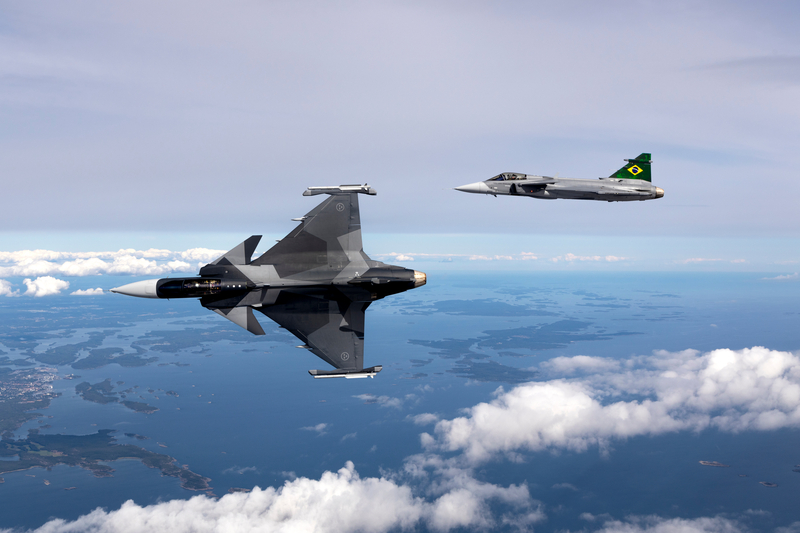 Picture: Swedish and Brazilian Gripen E | Saab
Picture: Swedish and Brazilian Gripen E | Saab
It then shares with its predecessor the durability and reliable operability in difficult climatic conditions and the ability to operate from makeshift runways such as roads. Significantly, not only within the Swedish doctrine of supersonic deployment, it has strengthened independence from GPS and resistance to GPS jamming through an enhanced navigation capability that uses terrain height profile monitoring and comparison with a database, odometry (tracking of motion data to estimate changes in position over time), and comparison of optical sensor images with a stored database.
Air-to-air missiles on the Gripen E include the short-range IRIS-T infrared-guided missile and the aforementioned Meteor missile, which has a beyond-visibility range (BVRAAM). The aircraft can also, of course, continue to be equipped with Sidewinder or AMRAAM missiles. It can also be equipped with other long-range (R-Darter and Derby) and short-range (ASRAAM and Python) weapons. The machine's anti-surface capabilities are also enhanced in the form of smart multi-purpose munitions, all-weather targeting capability, and a network of deployed aircraft with the ability to change targets, verify hits and assess battle damage.
The wide variation in the types and origin of the weapons carried, which is available without the need for integration projects, is another advantage of the Swedish aircraft, which thus provides its user with great flexibility and reduces the system's dependence on suppliers. In a European environment it is convenient and natural to request munitions from European suppliers.
This is why, for example, the Italians and British are integrating the Meteor and Spear high-performance missiles into their F-35s, but this is a time- and cost-consuming project involving both aircraft manufacturer Lockheed Martin and BAE Systems and MBDA.
A unique feature of the Gripen E that takes it a step further than all other current fighters is the avionics system. In particular, it features modular avionics with a decoupled architecture. This means that any hardware or software operates separately. Hardware can be replaced independently of software and vice versa, without affecting critical flight systems. Beta versions of evaluation software can be run within the system without any risk. As with the Gripen C, the manufacturer thus adheres to the concept of short upgrade cycles - the revolutionary avionics architecture supports a smooth growth in capability to maintain technological superiority and seamlessly adapt to new operational needs. This is how the main differences of the new version versus older machines were presented by Saab representatives in May during the Future Air Force - New Generation Aircraft conference.
As for the stealth capability of the F-35 and the comparison with the Gripen E, the latter is not based on stealth technology. Nevertheless, it has a smaller RCS (Radar Cross-Section) than any other operational fighter aircraft except the F-35 and F-22. Thanks to the aforementioned electronic warfare (EW-suite) technologies using GaN (gallium nitride), it can be argued that the Gripen E will definitely not be an easy target for an adversary to detect.
The maintenance requirements of the F-35 are still very high for a single-engine fighter aircraft and the uptime rate is relatively low, while the Gripen is highly regarded among Western fighter aircraft for its unparalleled ease of maintenance. Compared to an equivalent number of F-35As (24 machines in our future conditions, i.e. two squadrons), more Gripens can be kept combat ready than the more demanding F-35As (which will probably even out to some extent over time).
Both the Gripen E/F and the F-35A have much in common. They are designed with low production and operational costs in mind compared to other aircraft of their generation (which is not yet confirmed for the F-35, given the lack of a reliable comparison). At the same time, both machines have, at first glance, not very significant flight performances in their category (e.g. as regards the top speed, it is Mach 1.6 for the F-35, while the Gripen E reaches Mach 2. Both speeds are lower than those of the twin-engine F-15, Su-27, but also of the single-engine Mirage 2000). However, this fact is more than compensated for by the advanced avionics and the ability to operate against the enemy beyond visual range (in the case of the F-35, the fact that the armament is enclosed in shafts and the aircraft reaches its maximum speed fully armed). If two thousand F-35s can be expected to be in service around the world within a decade, Gripen E/Fs will certainly fly in hundreds at most. Apart from its home country Sweden, it has so far only made its way to Brazil.
















